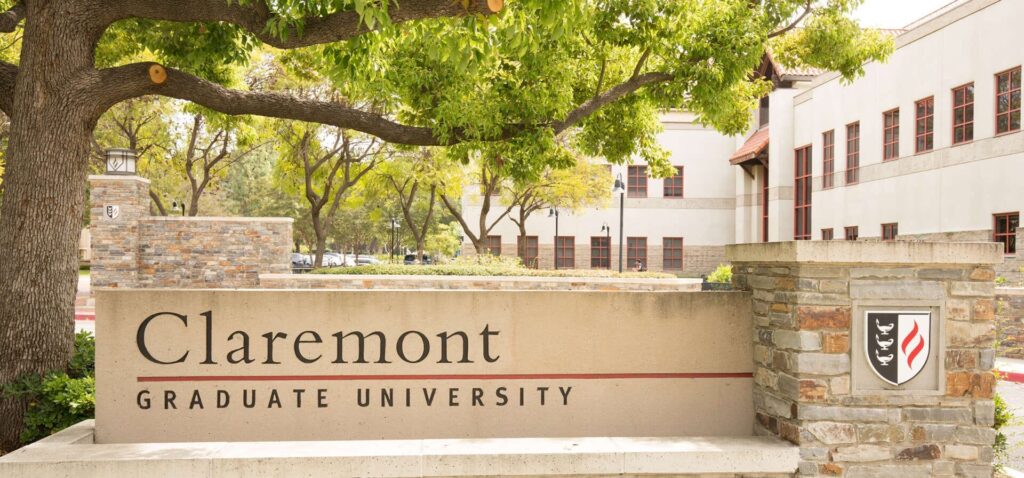Competing bond measures may impact police station timeline
Impound lots and jail cells took center stage at the second police station ad hoc committee meeting on Wednesday, March 9.
The meeting, the first since January 13, focused on questions ranging from a potential November bond to tours of other local police stations to the parameters of jails and impound lots. Councilmember Corey Calaycay and City Manager Tony Ramos were present, as were Police Chief Paul Cooper, Captain Shelley Vander Veen and Police Commissioner Ed Reece.
Committee Chair Mark Sterba opened the meeting with an expressed desire to move forward as quickly as possible to get a police station plan to the city council for a possible ballot measure.
“I promised myself and others that we would sunset this committee and not be around for four more years,” Mr. Sterba said, noting he does not want a repeat of the same time length for the previous ad hoc committee.
Mr. Ramos warned the committee that a potential school bond measure floated by the Claremont Unified School District could complicate things as the committee works toward a November goal.
“The final decision, or semi-final decision, will be in June to put it on the November ballot. [The school district’s] pullout date will be in August if they decide to reverse that decision,” Mr. Ramos explained.
Mr. Calaycay noted a potential countywide tax increase for the Metro Gold Line as another ballot measure that could generate a crowded ticket for Claremont voters in November.
Committee member Jim Keith emphasized that the amount of time needed to create a proper recommendation to the city council—including finding architects to do the job—may take more than a few months to flesh out.
“Part of our challenge is to change the minds of 42 percent of the voters, and so we have to do it right,” Mr. Keith said. “That means when questions arise, we have to answer specifically. So I totally agree with the need to move forward expeditiously, but I see it as a longer process than can be achieved by November.”
Mr. Sterba said that his understanding of the committee did not include finding architects.
“What I signed up for was to figure out what the size and scope needed to be, what we should do and hiring architects,” he said. “Going through designs is beyond what I believe is in our charter.”
The first third of the committee meeting centered on discussion of what the group needs to focus on and what to start with first.
The committee members also talked about their experiences of touring local police stations to get a feel for how other departments operate. Committee member Betty Crocker lauded Chino’s police station and repeated a mantra given to her from Chino Police Chief Karen Comstock.
“You have to overbuild. If you don’t overbuild, you won’t have any room for the future. And the best practices are to overbuild,” Ms. Crocker said.
Resident Ludd Trozpek called out the absences of a number of pro-Measure PS residents, including Michael Shea and Frank Bedoya. He also claimed he could devote “an afternoon of work” to scope out the plans for the station.
“I’ll just tell you what I came up with—with the most severe assumptions—I came up with $17 million,” Mr. Trozpek said of the overall cost. “With fairly lavish assumptions, I came up with $23 million. So I’m pretty comfortable that the whole thing could be done for $20 million.”
Mr. Keith commented on the massive size and palatial ceilings of the Chino station, which used to be a Home Depot, calling working in such a huge building “a very isolating experience.”
Talk about jails took up a notable portion of the meeting, as the committee wrestled with the necessity of having a Type I jail facility at the new station. A Type I jail, which Claremont currently has, is a local detention facility where people are not held for more than 96 hours, according to Chief Cooper.
Jail operations amount to $509,114 per year, the vast majority of which—$475,866—cover salaries and benefits, according to Chief Cooper. Other charts indicate that there were 1,814 people booked at the Claremont jail in 2015, with 811 held for three hours or less. Committee members talked about franchising out the jail versus building a new one.
“And for the jail, do we outsource the jail? I don’t know,” Committee member Paul Wheeler said. “Maybe people would behave better if they had to go to the Pomona jail versus the Claremont jail.”
Mr. Reece noted that during the tours, stations with a jail benefitted in part because it decreased officer downtime used to transport an arrestee to a neighboring or county jail.
“The other thing I heard was those that did not have them, there was some wish that they did,” Mr. Reece said.
Impound lots were also discussed, with the committee debating having a lot at the station or franchising out to a private company or a neighboring station.
Chief Cooper said that Claremont impounded 273 cars in 2015 with a revenue of $233,778. Out of that number, 88 of those cars were impounded for less than a week, and 90 cars were auctioned off. The five-year average for the city was a little higher—336 impounded cars with a $314,277 average revenue.
The city of La Verne, which franchises out its impound lots, impounded 122 cars in 2015 and made $15,000 in revenue, according to Chief Cooper.
The next committee meeting is scheduled for 6 p.m. on Wednesday, March 23 at the Hughes Center. It is open to the public.
—Matthew Bramlett
news@claremont-courier.com










0 Comments